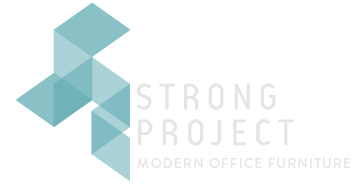Today’s workplaces are created primarily for the extroverts thanks to the development of activity-based design. The original concept was meant to push people out of their cubicles and into environments that adapted to a specific type of work. But over the years, this concept has morphed into open offices, big collaborative spaces and the pressure to be connected 24/7. This focus on extrovert office design takes its toll on the other half of the workforce, disintegrating the quiet and isolation needed for deep, creative breakthroughs. Introverts make up almost 50% of the workforce, and while extroverts are considered the movers and shakers, introverts are just as valuable for getting the job done, possessing key strengths such as creativity, focus, and grit that are often overlooked because they’re less vocal or visible.
Open office design now presents a challenge to meet the needs of extroverted and introverted employees. But there are some key changes you can make to help your people feel happier and be more productive.
READ THE FULL ARTICLE ON INC.





